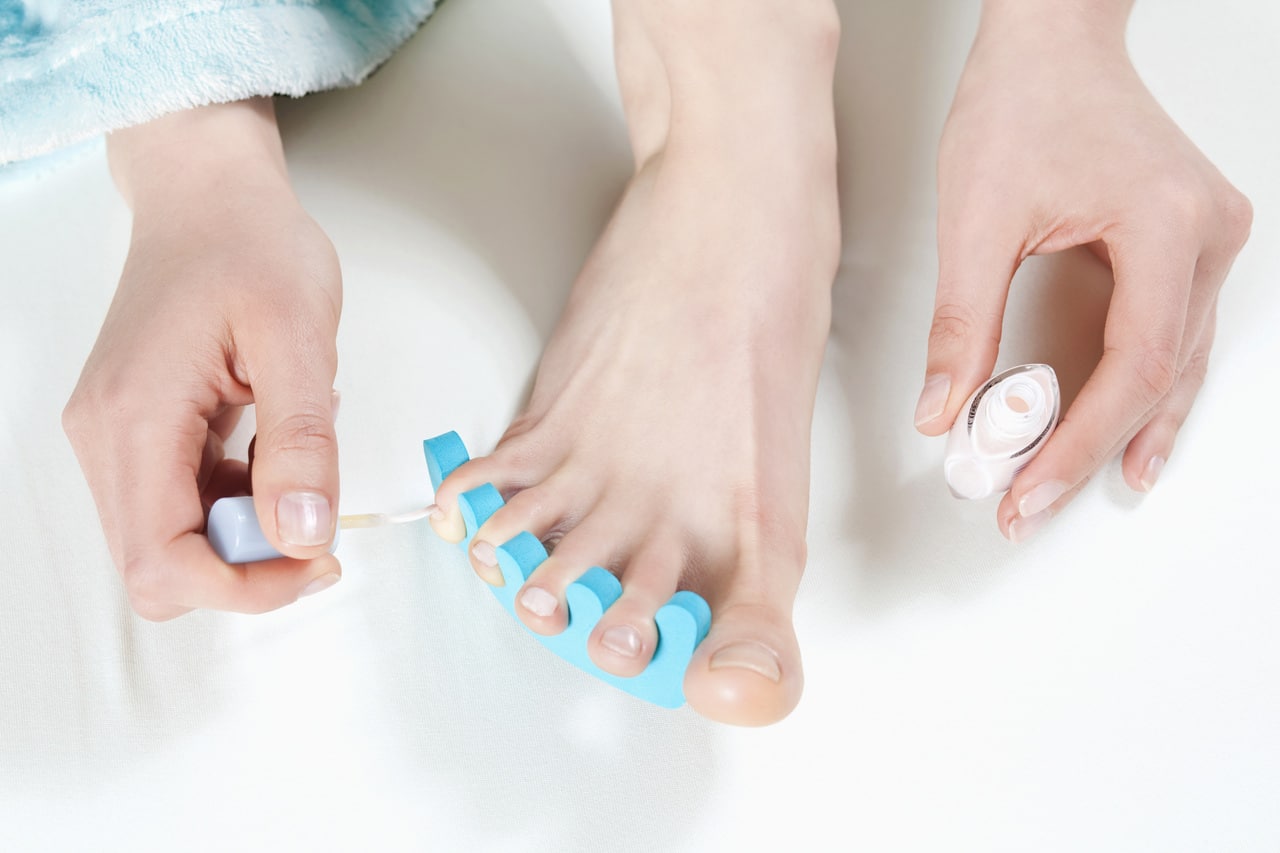Do you often experience pain in your toes and feet, especially after a long day? If so, orthopedic products like toe spreaders or metatarsal pads may be the answer for you.
But what’s the difference between the two, and how do you decide which one to choose? Keep reading to learn the benefits and uses of each to decide which is best for your feet.
Toe Spreaders
Toe spreaders are small devices that fit between your toes to provide cushioning and support. Typically made of silicone, gel, or sometimes foam, they’re often used to relieve pain from conditions like bunions, hammer toe, and plantar fasciitis.
How Toe Spreaders Work
Toe spreaders work by gently forcing your toes into a more spread-out position that aligns with your foot’s natural anatomy.
This takes the pressure off painful areas, stretches your joints, strengthens your tendons and muscles, and can even contribute to realigning your toes when used consistently.
Additionally, the cushioning provided by toe spreaders can help to absorb impact and relieve pain from conditions like bunions or hammer toe.
How Toe Spreaders Should Be Used
Toe spreaders can be used at any time, and your toe spreader routine can vary depending on your goals, lifestyle, and even the type of toe spreader you buy.
Standard routines include only wearing toe spreaders at night, under your socks and shoes during exercise, or wearing them as you do daily activities. It’s also common to wear them less in the beginning, to let your feet get used to them.
Who Should Use Toe Spreaders?
Toe spreaders are typically safe for most people to use, and provide the most benefit to people suffering from toe conditions like hammertoe, bunions, or mallet toe.
They can also help with general foot conditions like plantar fasciitis or arthritis.
Metatarsal Pads
Metatarsal pads are small devices that fit under the ball of your foot to provide cushioning and support and relieve pressure from the metatarsal head.
They are often made from gel or silicone and can be used to relieve pain from conditions like metatarsalgia, Morton’s neuroma, and plantar fasciitis.
How Metatarsal Pads Work
Metatarsal pads work by absorbing impact and redistributing weight away from the head of your metatarsals on the ball of your foot.
This takes the pressure off of painful areas in your forefoot and are especially useful for conditions like neuromas, rheumatoid arthritis, and metatarsalgia.
How Metatarsal Pads Should Be Used
Metatarsal pads can be used at any time, but it’s typically recommended to use them during the day when you’re on your feet.
Simply stick them to the bottom of your feet (or on the insole of your shoe) in the correct location, and your feet should be good to go. Remember that it may take some adjusting to find the perfect spot for the pad to sit.
Who Should Use Metatarsal Pads
Metatarsal pads are best for those who suffer from conditions in their forefoot, such as rheumatoid arthritis, metatarsalgia, neuromas, bursitis, or plantar warts.
Conclusion
Toe spreaders and metatarsal pads are great ways to relieve foot pain, but they’re used for different conditions. If you suffer from conditions in your toes, such as bunions or hammer toe, toe spreaders may be the best option for you.
On the other hand, if you have pain in the ball of your foot, metatarsal pads may be a better solution. As always, speaking with your podiatrist is best if you’re unsure which device is suitable for you.










![Home Renovation Guide [2025]](/app/uploads/2021/04/design-hacks-1-378x300.jpg)
